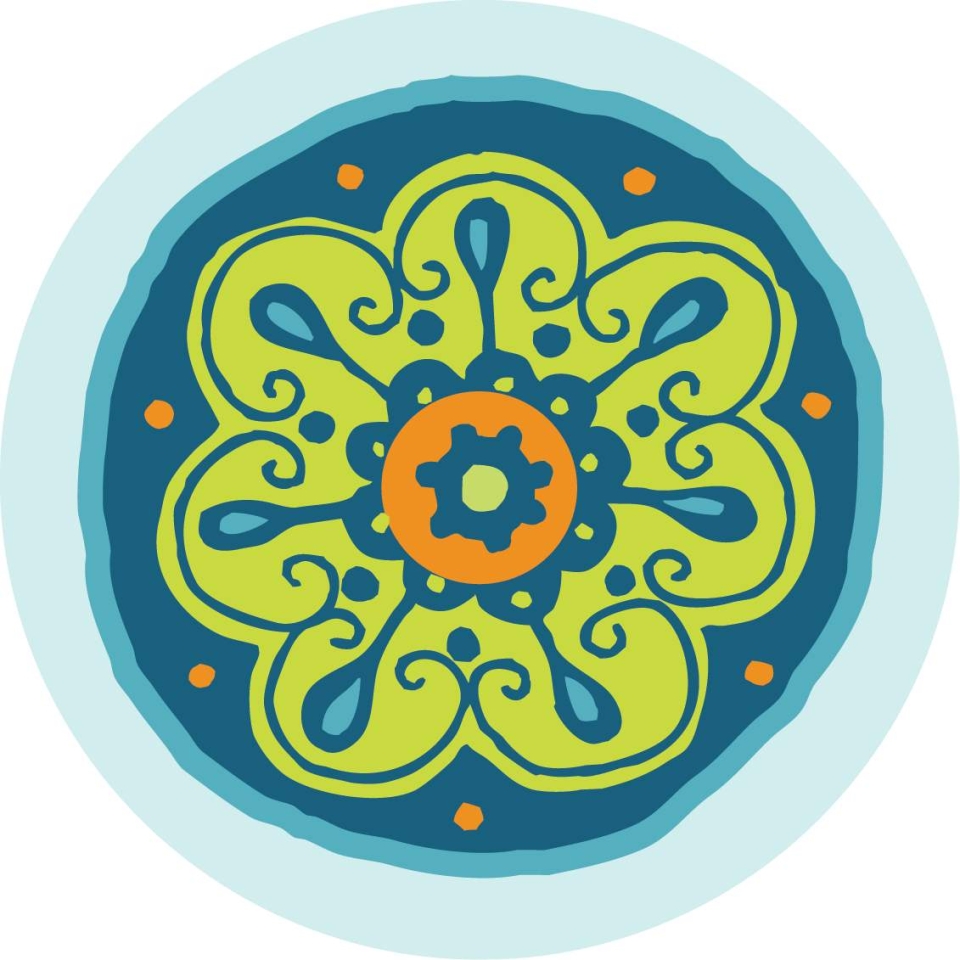Experiencing discomfort and pain related to poor posture in the workplace is quite common. Just look around your office, and you will see plenty of people suffering from sore low backs and stiff shoulders. Many lack balanced fitness regimens or have no regimen at all. Rounded shoulder patterns are quite common. You see them everywhere – as you hunch over your keyboard, rounding the neck and shoulders forward, the shoulders rest in internal rotation. Do this every day for 5 hours or more with little or no external rotation to counterbalance and the result? Tight pectoralis muscles that are locked-short, pulling the head of the humerus forward and forcing the weak rhomboids and trapezius to elongate. Let’s paint a picture: Larry is a 34 year old accountant. He works a typical nine to five and to help manage stress and ease some upper back tension, Larry goes to yoga 3 times a week. He’s an ex-athlete, and enjoys the dynamic movement and strengthening quality of the vinyasa class. His favourite pose? Chaturanga dandasana, the yogi equivalent of a push-up. What Larry and many other yoga practitioners ignore is that when done without a focus on external rotation, chaturanga dandasana targets the already tight pectoralis muscles. You might even notice the inferior edge of your scapula wing right off your back. Spending many hours sitting at a desk, texting or driving around can cause chronically tight pectoralis muscles, creating the perfect scenario for neurovascular compression, amongst other problems. The Pec Minor: Where is it and What Does it Do? The brachial plexus travels down the arm underneath the pectoralis minor.
Let’s look more specifically at the pectoralis minor – it originates from the third, fourth and fifth ribs, inserts onto the medial surface of the coracoid process and lies deep beneath the pectoralis major. To feel the coracoid process, slide your fingers along the shaft of the clavicle (collar bone), moving towards the shoulder (this is roughly where a bra strap would cross). Slide inferiorly off the clavicle about an inch and press your fingertips into the tissues. The coracoid process has a beak like protrusion. If you’re unsure if you’ve properly located it, gently extend your shoulder and the coracoid should pop forward into your fingers. Notice the relationship between your scapula and pec minor. The pec minor is responsible for depressing and abducting the scapula and elevating the ribs during inhalation. You use this muscle as you take a deep breath, throw a punch and downwardly rotate your scapula. What’s most fascinating about the pec minor is that its strong tendon overlies the brachial plexus, a network of motor and sensory nerves that serve the arm and hand. The subclavian artery and vein that transports blood flow from the neck and shoulder girdle, all the way through to the hands are also in close proximity to pectoralis minor. If the pec minor is tight, it limits the space in which the brachial plexus and subclavian artery run potentially causing tingling, numbness or sharp shooting sensations. If you suffer from tightness in your pectoralis minor, you might experience difficulty sustaining movement overhead for long periods of time even for the simplest of tasks, like when braiding your hair. More complex poses, such as downward facing dog might feel excruciating. Worst, if this muscle is chronically tight, it might affect your inhalations, resulting in shallow breathing.
By Alexandra Laviriere
http://www.yogatuneup.com/blog/2015/11/11/leave-yo...
At CaboMobileMassage we are professionally trained to treat chronic conditions with a on going treatment plan, contac us at cabomassage@gmail.com

